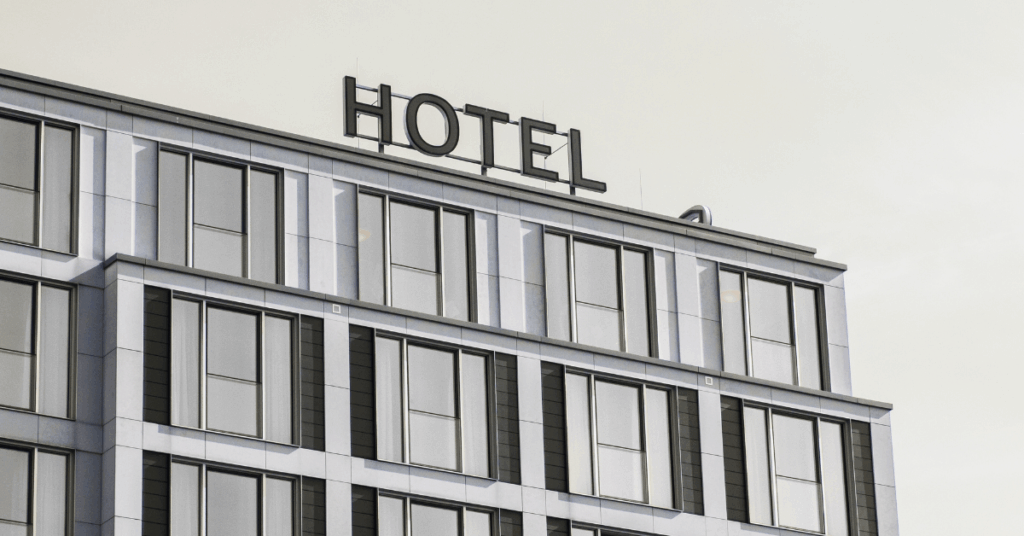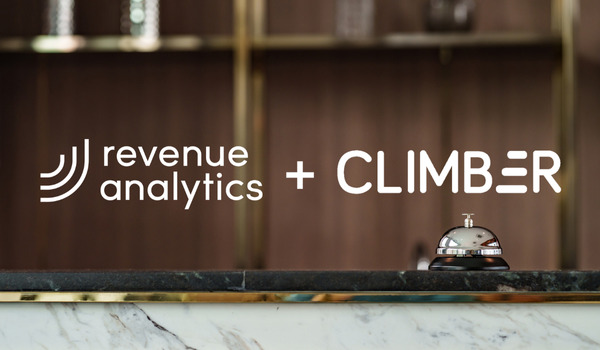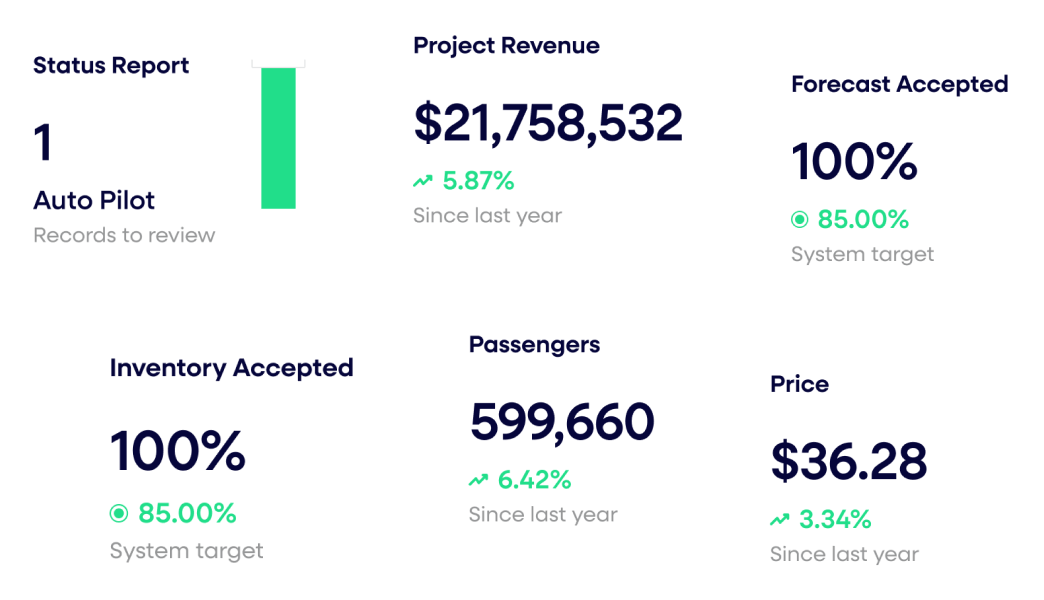Price Ladders: How Much Revenue Are They Losing You?

Remember when “New Coke” came out?
(If not, you’re still young, and I’m not jealous of your metabolism at all.)
New Coke sounded like a good idea at the time. But this too-sweet Pepsi knock-off has gone down in history as one of Coca-Cola’s biggest money-torching blunders.
Leverage your content to achieve stronger revenue outcomes
Well, get excited, because revenue management has its very own New Coke: price ladders!
What is a price ladder?
It’s when you wait for occupancy to reach a pre-determined level (like 50%), and then increase price a pre-determined amount (like $5).
(If you have to ask what a price ladder is, it obviously hasn’t gotten its razor-sharp hooks into you yet – very good! Now run for the hills while your STR rank still looks good.)
Why is it a terrible, horrible, no good, very bad idea that hoteliers should avoid like their careers depend on it?
Price laddering is a surefire way to lose revenue (not a great buy for revenue management leaders)!
Here’s how price laddering sabotages you…
Price Laddering in Action
The key feature of price laddering is:
- Waiting for occupancy to materialize to increase price
In the price laddering example, Hotel Beta waits until it reaches 50% occupancy, then increases price from $45 to $50.
Then, Hotel Beta waits until occupancy reaches the next threshold (60%) before increasing the price a little bit again – from $50 to $55.
And so on. Until Hotel Beta ends up with 90% occupancy, charging $70 BAR on the last 5 rooms to book.
And this price laddering strategy nets Hotel Beta: $4,900 in revenue.
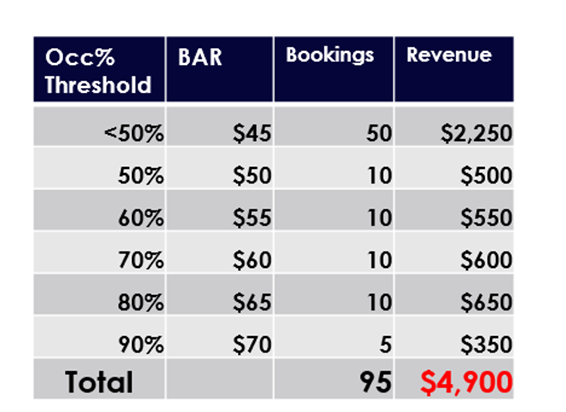
Price laddering is a simple construct that’s easy to understand. And, supply and demand principles are clearly at work (as rooms become more scarce, their price increases), which is great.
So, what’s not to love?
Predictive Pricing at Work
For the answer to that question, let’s turn to another example, in which Hotel Beta’s biggest competitor – Hotel Alpha – is using a ‘predictive pricing’ approach instead of price laddering.
The key feature of predictive pricing is:
- Predicting occupancy and raising price immediately
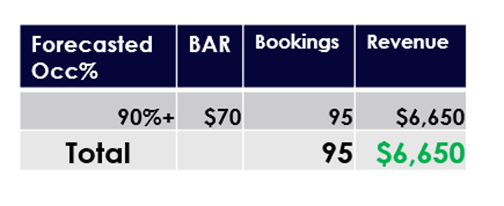
In this example, Hotel Alpha accurately forecasts in advance that they will reach 90% occupancy. Based on that prediction, they start charging $70 BAR (the max BAR Hotel Beta reached) on the very first room rather than wait until there were only 5 rooms left.
The result?
Hotel Alpha ended up achieving 90% occupancy, just as Hotel Beta did. No difference there.
But Hotel Alpha made $6,650 revenue, which is $1,750 (36%) more than Hotel Beta, which only took in $4,900 through their price laddering scheme.
Hotel Alpha made more revenue because they didn’t wait to see what occupancy materialized before they set the right price. Using prediction, they applied the correct price from the beginning, which netted them more revenue on the first 80% of all bookings.
And this is only from the power of a forecast. Just think what could be achieved with a true RMS – like N2Pricing – which also factors in critical data from the competitive landscape and customer price sensitivity!
The Real Cost of Price Laddering Tools
The revenue numbers in these examples — like $6,650, $4,900, $1,750 – are teeny tiny. But the number to pay attention to is 36%.
Hotel Beta made 36% less revenue than their competitor –Hotel Hotel Alpha—by relying on a price laddering scheme.
That kind of loss is sure to leave a bad taste in the mouths of owners at Hotel Beta – like New Coke did.
The worst part is that it’s completely unnecessary.
The good news is that it’s completely fixable.
Talk to an expert today to see how much revenue you’re losing and how much you stand to gain.
Last updated on August 20, 2025


